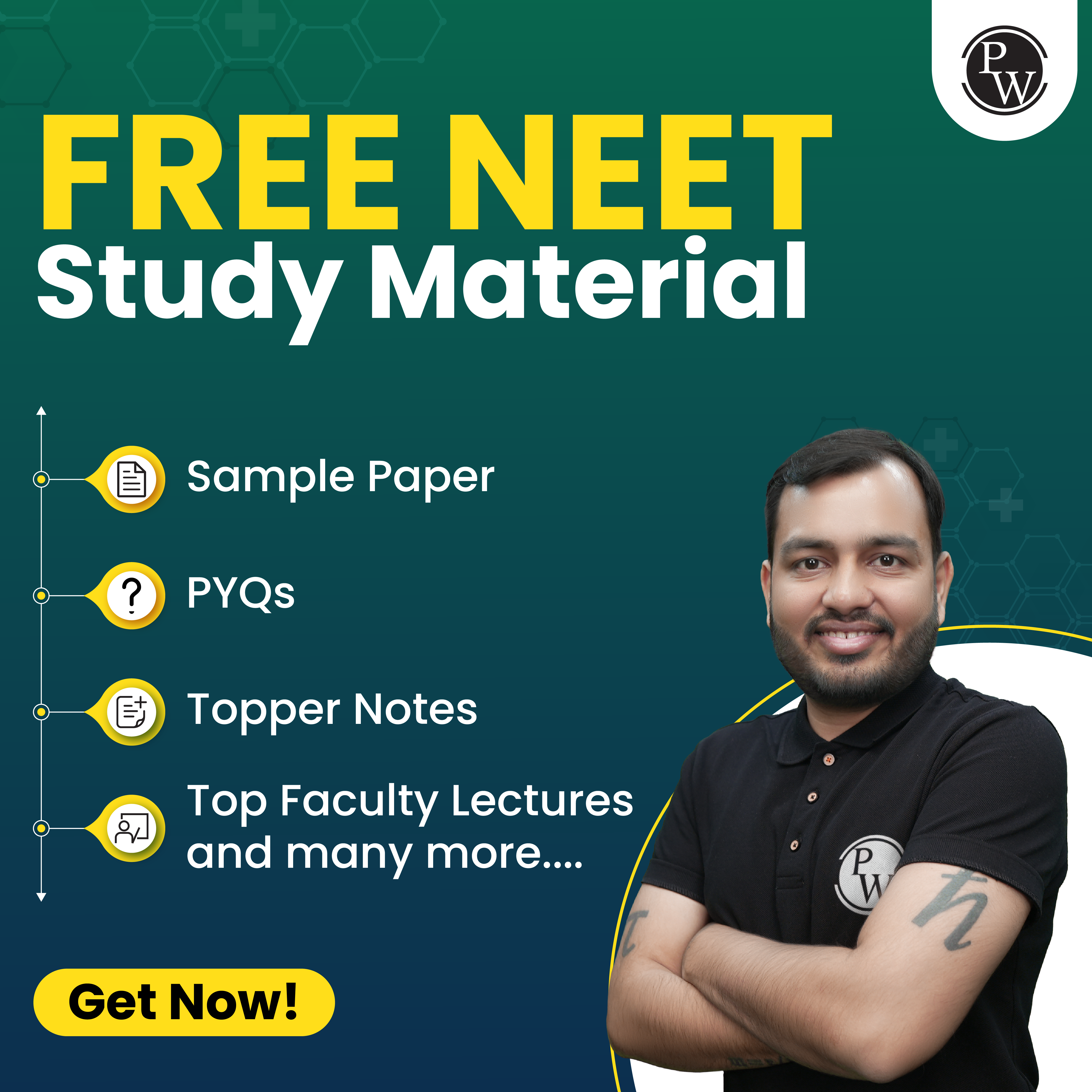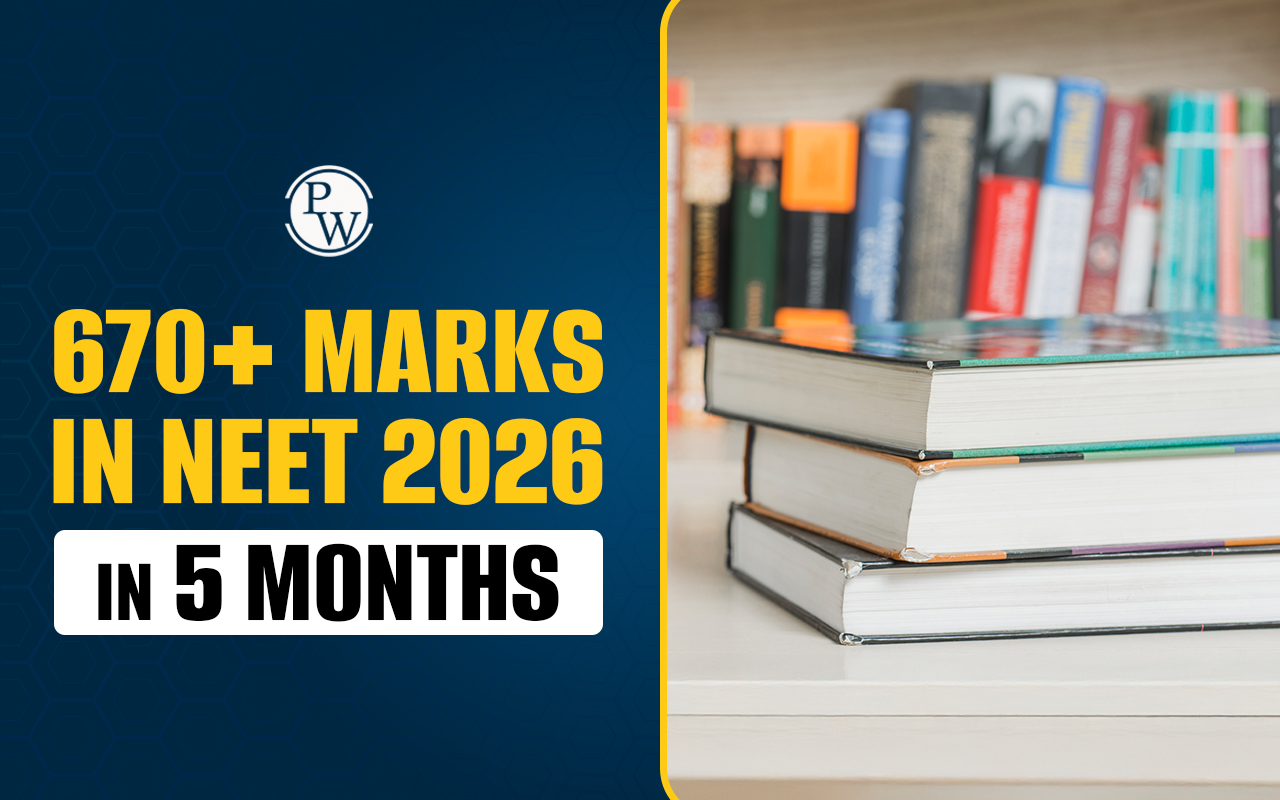
Transport in Plants NEET MCQ Introduction
Transport In Plants NEET MCQ: The majority of plants obtain the water and nutrients they require via their roots. The route traveled is soil, roots, stems, and leaves. Less than 1% of the water that reaches the leaves is utilized in photosynthesis and plant development; nonetheless, the minerals are transported and dissolved in the water (sometimes accompanied by other organic compounds given by root cells).
The majority of it is lost via transpiration, which has the dual benefit of cooling the leaves and supplying the power needed to move the water up the stems. Food and other organic materials produced in the plant's cells, such as messenger RNAs and several plant hormones, are carried through the phloem. Through plasmodesmata that link them to nearby partner cells, organic substances such as sugars (often sucrose), amino acids, and others reach the sieve elements. Once inside the sieve components, these molecules may be moved up or down to any part of the plant at speeds of up to 110 micrometers per second. In this article, we will discuss some multiple-choice questions based on Transport in Plants.| NEET Exam Important Links | |
|---|---|
| NEET Syllabus | NEET Biology Notes |
| NEET Eligibility Criteria | NEET Exam Pattern |
| NEET Previous Year Question Papers | NEET Biology Syllabus |
Transport in Plants NEET MCQ
Q 1. The body absorbs minerals via ________.
- Stems
- Branches
- Roots
- Leaves
Answer- Option (3) is correct.
Explanation: Roots draw minerals from the earth. After that, it is transferred to the leaves by way of the stem from sink organs including branches, fruit, seeds, embryos, etc. The majority of plants obtain the water and nutrients they require via their roots.
Transpiration takes place as water travels from the earth to the stems, roots, and finally the leaves. Enough water is absorbed by the roots to make up for water lost via transpiration. Root hairs, which grow from epidermal cells and increase surface area, facilitate rapid absorption. Roots pull water from the soil because they have a lower water potential than the soil, as was previously addressed in this chapter. Although roots can also affect water potential via lowering solute potential, a large portion of this variation in water potential is an indirect outcome of transpiration.Q 2. The components of the vascular bundle are
- Xylem,
- Phloem,
- Both Phloem and Xylem,
- Cambium.
Answer- Option (3) is correct.
Explanation: The xylem and phloem make up the majority of the vascular bundle. At various phases of their life cycles, they have intra-vascular and inter-vascular cambium present between them. Tracheary components like tracheids and vessels predominately make up the xylem.
It qualifies as a complex tissue since it contains several more cells. During primary growth, the primary xylem develops from the procambium, while the secondary xylem develops from the vascular cambium during secondary growth. Sieve tubes, companion cells, and bast fibers are the components of phloem. Primary phloem and secondary phloem both come from the vascular cambium's meristematic cells, which are found in the apical meristem.Q 3. In what form does xylem transport exist?
- No transportation
- Unidirectional
- Bidirectional
- MultiDirectional
Answer- Option (2) is correct.
Explanation: Xylem moves water and nutrients from roots through stems to leaves. Phloem normally moves in a bidirectional manner, however, occasionally it can travel in many directions. Due to two primary factors, namely the transpiration pull and the positive root pressure, Xylem transport is unidirectional and the water column only travels upwards.
Water is sent from the roots upwards towards the shoot area through transpiration, which creates a negative pressure, whereas root pressure produces a positive pressure.NEET Study Material, Free Sample Papers, Book, Toppers Notes, PYQs
Q 4. What hypothesis has been made to explain the process of stomatal movement?
- Starch-sugar interconversion theory
- Theoretical framework for guard cell photosynthesis
- Theory of the metabolism of glycolates
- The idea of active potassium transport ions
Answer- Option (1) is correct.
Explanation: Steward presented a modified method of converting starch and sugar for stomatal flow in 1964. Von Mohl presented a theory of photosynthesis in guard cells in 1856 and argued that sugar is produced as a result of photosynthesis by guard cells' chloroplasts. Zelitch's theory of glycolate metabolism, which he presented in 1963, suggested that the synthesis of glycolic acid in guard cells is a crucial component in stomatal opening.
Fujino introduced the Active Potassium Pump hypothesis. The idea that ATP is necessary for the K+ ion transport active mechanism was reinforced by Levitt & Rashke in 1975.Q 5. The person who founded plant physiology is __________?
- Stephan Hales
- Schwendener
- Melvin Calvin
- Lipmann
Answer- Option (1) is correct.
Explanation: Stephan Hales is credited with being the father of plant physiology. The theory that stomatal motions are caused by turgor variations in the guard cells was initially put out by Schwendener. In 1961, Melvin Calvin won the Nobel Prize for describing how carbon is assimilated during photosynthesis. The ATP Cycle is credited to Lipmann as its parent.
Also Check:
Q 6. The re-export of minerals is done by
- Leaves,
- Stems,
- Branches,
- Roots.
Answer- Option (1) is correct.
Explanation: A plant's roots transport minerals from the earth to the leaves. Then, based on the needs of the organs, they are dispersed from the leaves to various sinks.
Q 7. A plant's root system grows well when there is __________.
- Copper deficiency
- Water is absorbed more readily.
- Auxin insufficiency
- ABA deficiency
Answer- Option (2) is correct.
Explanation: A plant's root system grows well as water absorption rises. Copper deficiency causes necrosis. Auxin deficiency causes excessive xylem differentiation. Stomata do not close due to ABA deficiency, even when there is water stress.
In areas of the root that have not undergone secondary development, water absorption is higher. This is due to the plants being coated with a coating of cork, which is a tough covering that gives the plant protection and stiffness, following secondary development. The cork blocks the passage of water.Q 8. The primary method through which plants lose water is through
- Guttulation
- Emanation
- Transpiration
- Evaporation
Answer- Option (3) is correct.
Explanation: Plants lose the majority of their water through transpiration. While guttation and exudation remove additional water from the plant, evaporation is the second major cause. The main locations for transpiration are called leaf stomata, which are made up of two guard cells and a tiny hole on the surface of leaves.
To prevent water loss, the guard cells may regulate the rate of transpiration in addition to controlling how the stomata open and close in response to numerous environmental cues. Stomata tend to close when there is a lack of internal water, which causes transpiration to decrease; stomata open when there is enough water and when the temperature is right.
Q 9. Water penetrating roots by diffusion is a ____________.
- Endosmosis
- Osmosis
- Passive absorption
- Active absorption
Answer- Option (3) is correct.
Explanation: Passive absorption occurs when water enters roots by diffusion. Because soil and roots lack semi-permeable membranes, osmosis cannot occur. When the DPD inside the cell is greater than the surrounding medium, endosmosis occurs, allowing water to enter guard cells. If energy was required to absorb water by the roots, then the process would be called active absorption.
Q 10. _________ provides plants with hydrogen.
- Atmospheric hydrogen
- Water in the soil
- Methane produced by fertilizers
- Hydrogen from sunshine
Answer- Option (2) is correct.
Explanation: Soil water provides plants with hydrogen. In photosynthesis, sunlight-derived hydrogen is useful because it is created through fusion processes. Inflammable and harmful to plants, atmospheric hydrogen. Due to their numerous adverse effects, fertilizers are rarely favored as a source of hydrogen. Plants can get hydrogen from the water most effectively.
Q 11. Statement A: Charged particles made up of minerals can be found in the soil.
Statement B: The mineral concentration in roots is lower than in the soil.
(a) Both claims are accurate. (b) Both assertions are untrue. (c) While Statement B is untrue, Statement A is true. (d) While Statement A is untrue, Statement B is true.Answer- Option (3) is correct.
Explanation: Minerals exist in the soil as charged ions that are easily delivered to plants in their original form or after being changed into a more stable form. Mineral concentrations are always higher in the root than in the surrounding soil. Through active absorption, the root draws the necessary nutrients from the soil.
Q 12. Transport proteins or control points are found in _______.
- Endodermal cells
- Root hairs
- Epidermal cells
- Cortex cells
Answer- Option (2) is correct.
Explanation: Endodermal cells of the plant system include control points or transport proteins. The root system's maturation area is where root hairs grow. They aid in expanding the absorption area. The apoplastic and symplastic pathways are both permitted by epidermal and cortical cells.
Q 13. The method through which the pH gradient across the membrane supplies power for ATP production is known as ______.
- Phosphorylation.
- Transfusion.
- Diffusion
- Chemiosmosis
Answer- Option (4) is correct.
Explanation: A proton motive force is produced by the pH gradient that exists across the thylakoid membrane. Chemiosmosis is the process that generates chemical potential energy for the synthesis of ATP from ADP and inorganic phosphate.
This hypothesis was made by Peter Mitchell. In addition to producing ATP during cellular respiration in the mitochondria, plants also manufacture ATP during photosynthesis in the chloroplast. Again, the procedure is similar: during photosynthesis, light energy excites electrons, which then flow through an electron transport chain, allowing H+ ions to pass through a membrane in the chloroplast. Others, like cyanobacteria, also utilize photosynthesis in their cells. As both mitochondria and chloroplasts are believed to have developed from free-living bacteria, there is more than a chance that these two ATP generation mechanisms are identical. The endosymbiotic hypothesis is what it is known as.Q 14. Extensions of root epidermal cells that enhance the absorption surface area are known as _______.
- Casparians;
- Root Hairs;
- Sieve Plates;
- Tracheids.
Answer- Option (2) is correct.
Explanation: Root hairs grow from the area where the root system is maturing. They aid in expanding the absorption area. Endodermis contains Casparian strips, which obstruct the apoplastic route. Long columns called sieve plates have perforations in the terminal walls of the phloem's sieve tube cells. The xylem's non-living tropheids are the points of entry for water.
Q 15. Fungus and plant root system symbiosis is referred to as ________.
- Mutualism,
- Nodules,
- Ureides,
- Mycorrhiza.
Answer- Option (4) is correct.
Explanation: Mycorrhiza is the term for the symbiotic relationship between fungi and plant roots. Fixed nitrogen is exported by the nodules of plants like soybeans in the form of ureides. In a mutualist relationship, the partners are interdependent, as in the case of plants and animals. Nodules are broad bacterial and legume plant relationships.
Transport In Plants NEET MCQ FAQs
Is transport in plants important for NEET?
What is transportation in plants class 10 biology chapter 1?
What are the main points of transportation in plants Class 10?
What are the two types of transportation in plants Class 10?
Is transport in plants deleted for NEET exam?










